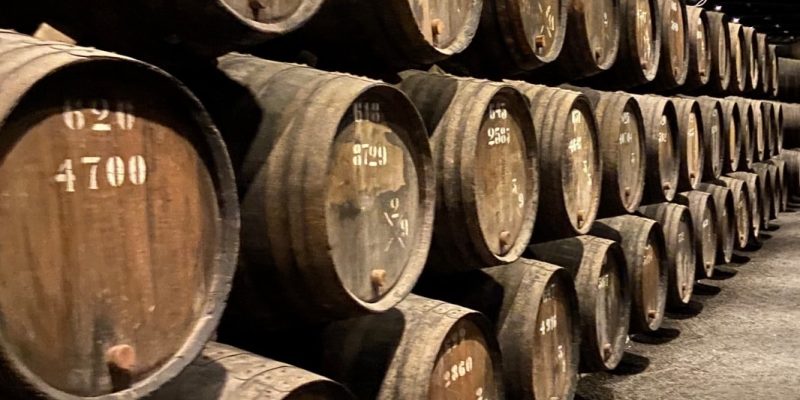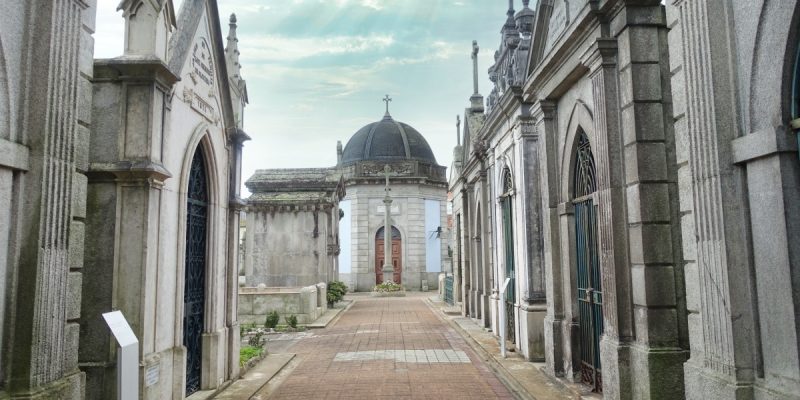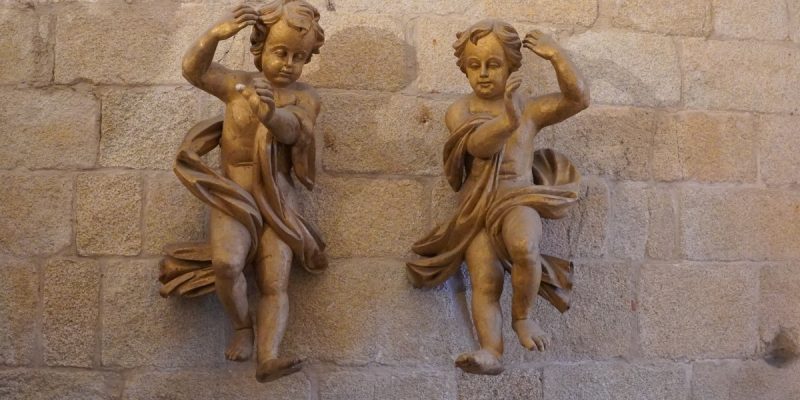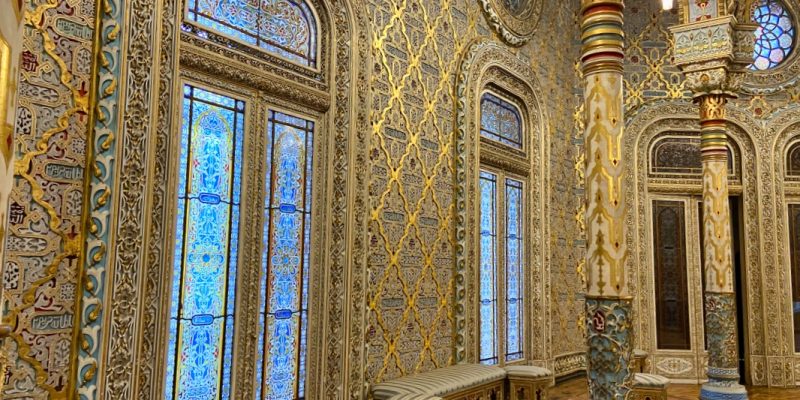Portugal is divided into different regions. The Northern Region or Região do Norte is located in the north of the country and is the most populous region of the country.
The Região do Norte is a mountainous region. In the Serras there are mountains that reach heights of up to 1544 meters. Some of the mountain ranges are located in the Peneda-Gerês National Park, the Montesinho Natural Park and the Alvão Natural Park.
The coastal region is also called Costa Verde. The flat strip of land is characterized by sandy beaches and hills. From the interior, important rivers such as the Minho, Douro and Lima flow into the Atlantic.
Vacationers are mainly attracted to the mountainous region to visit the metropolitan area of Porto and the Douro region.
In the north of Portugal, vacationers can discover several UNESCO World Heritage Sites. The historic center of Porto, the rock engraving of Foz Côa, the historic center of Guimarães and the Alto Douro wine region are on the internationally recognized list.
Particularly popular is the vacation along the Port Wine Route, the Green Wine Route and the Trás-os-Montes Olive Oil Route.
Vacation in the Região do Norte
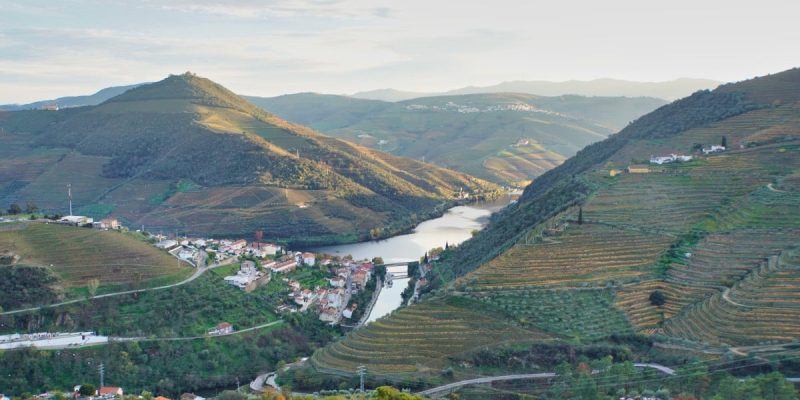
The Douro (Duero in Spanish) is a river that rises in Spain and winds through the Iberian Peninsula for almost 900 kilometres until it flows into the Atlantic Ocean. A beautiful river landscape that invites you to linger.

In the Portuguese region of Norte, only about 10 kilometres from Porto, the town of Matosinhos is located directly on the Atlantic coast. The town, which seamlessly connects to the city limits of Porto, is not only a local recreation area, but also very popular with tourists.
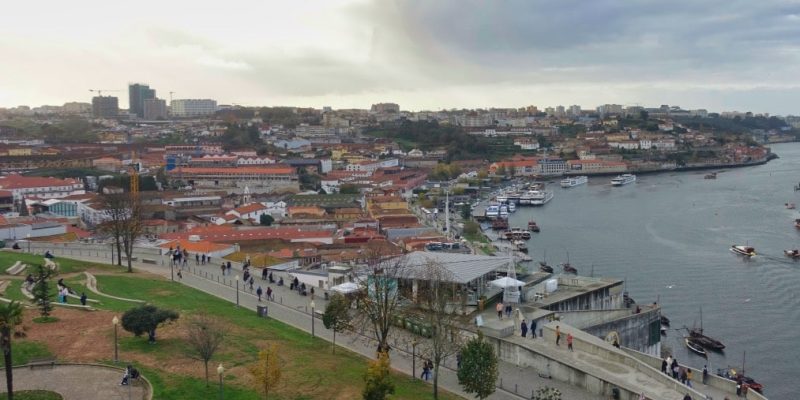
Vila Nova de Gaia, or Gaia for short, is a city in Portugal that tourists usually do not recognize as a city in its own right. Many city visitors to Porto mistakenly think that Gaia is still Porto when they cross the Douro to the other side of the river
City trip to Porto
Travel information about Região do Norte
Arrival
By plane
The Francisco Sá Carneiro airport is located in Porto. It is the second largest airport in the country, served by numerous airlines, both domestic and foreign.
The airport has an excellent infrastructure. Several highways, cabs, long-distance buses, the Porto Metro and Porto city buses provide access to the entire region.
By Train
The long distance trains, Intercity and Alfa Pendular, connect the cities of Braga and Guimarães, with Porto, from where they continue to Lisbon or the Algarve.
On the way in …
By car
In the north of Portugal there is a well-developed highway network of about 960 kilometers. There are both toll and non-toll sections.
The most important freeway connection is the A1, which runs between Porto and Lisbon. The A3 forms an important connection between Porto via Braga to Valencia in Spain.
By train
In the Região do Norte there are several railroad lines that run from Porto through the country. Porto’s commuter rail network plays an important role in this regard. A total of 6 lines pass through 80 stations not only through the city center, but also through the entire metropolitan region, the sub-regions of Cávado, Ave, Tâmega e Sousa and even offer a connection to the region of Aveiro (does not belong to Região do Norte).
Regional trains provide access to areas where there is no S-Bahn connection.
Best time to travel
The coast usually has a mild Mediterranean summer climate, while the Douro Valley has a hot Mediterranean summer climate.
In the northwestern region, which is influenced by the Atlantic Ocean, the daily temperature rarely varies by more than 10 degrees. In contrast, the interior often experiences quite hot summers and long cold winters with possible daily temperature fluctuations of up to 20 degrees.
The amount of precipitation varies depending on the topography and distance from the sea. The regions with the highest precipitation are in the mountainous regions in the interior of the country. The Douro Valley is one of the driest areas.
